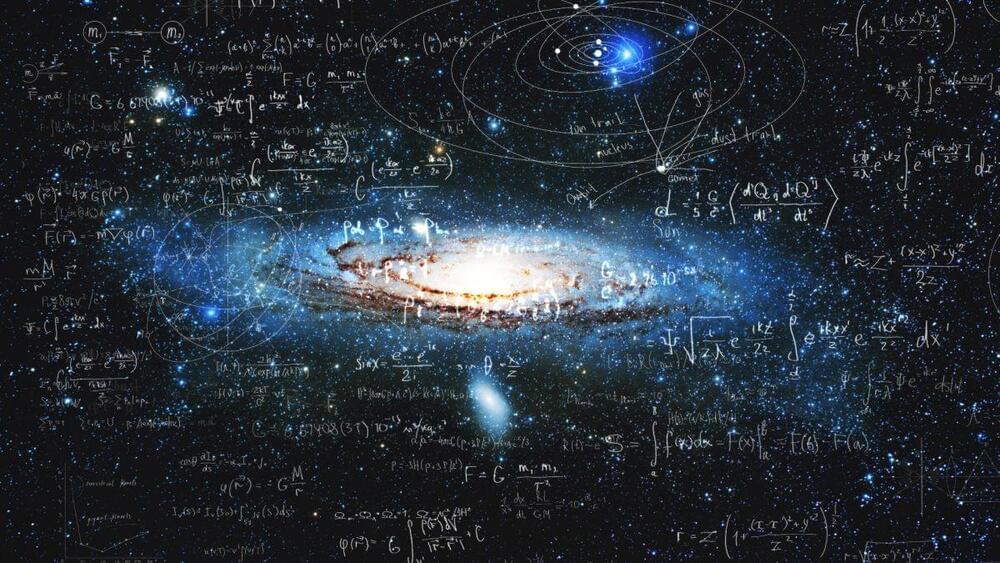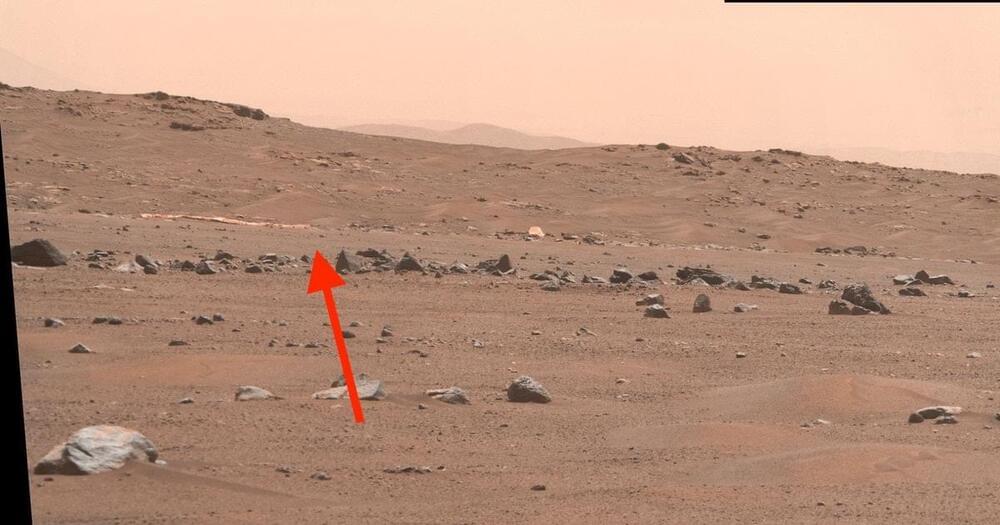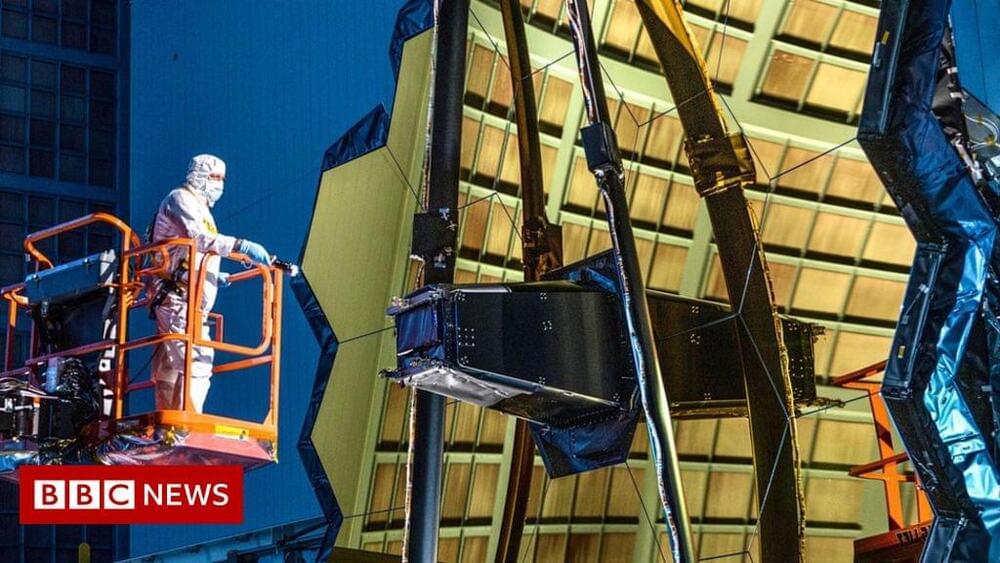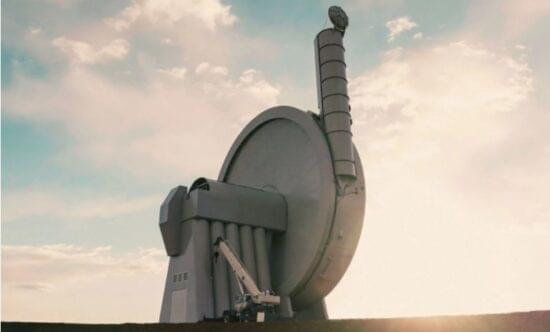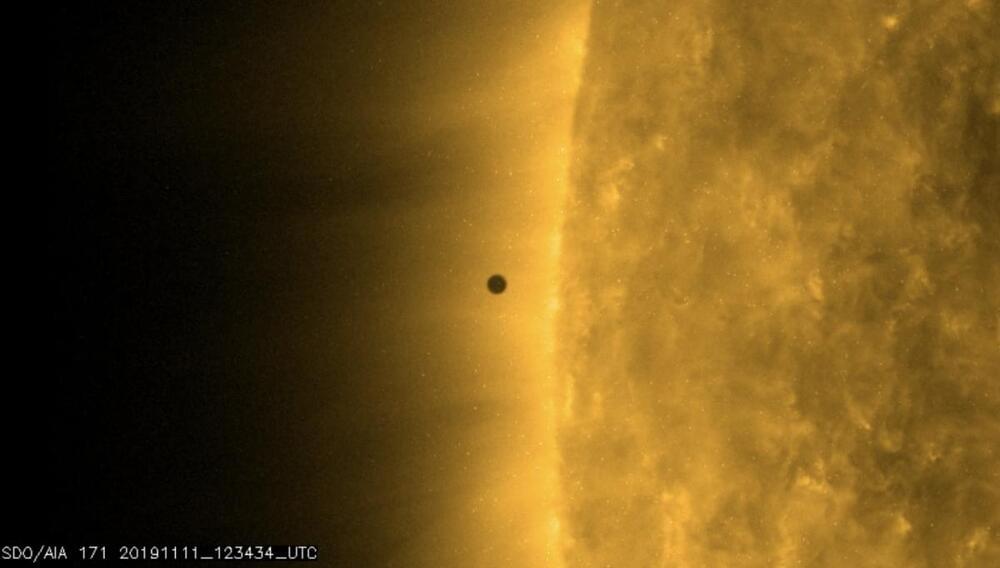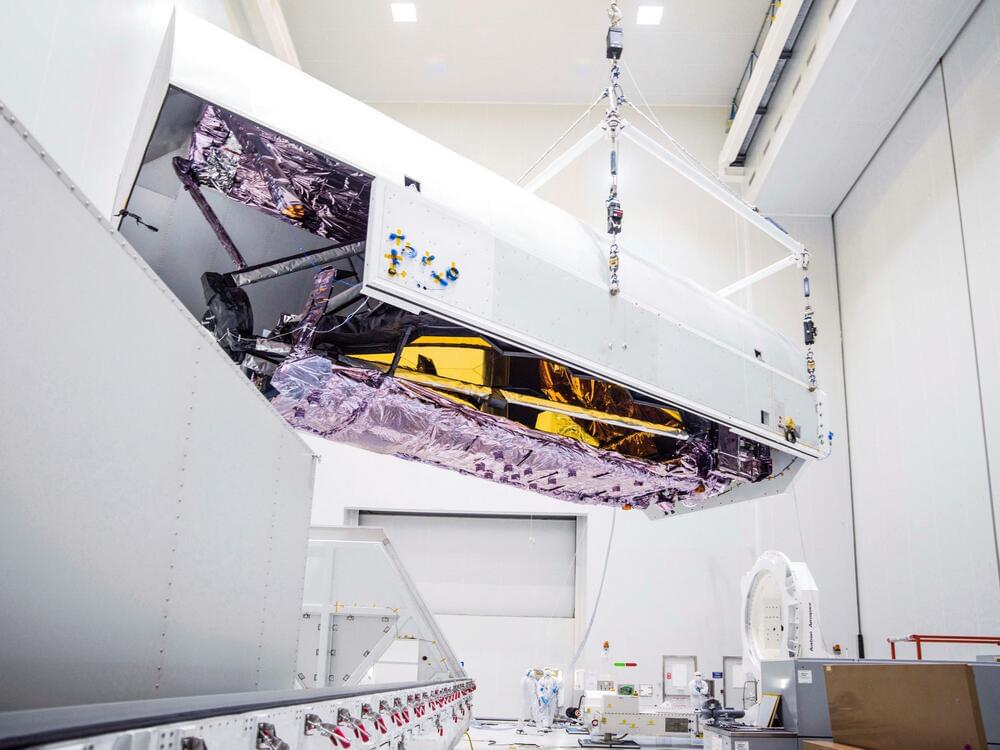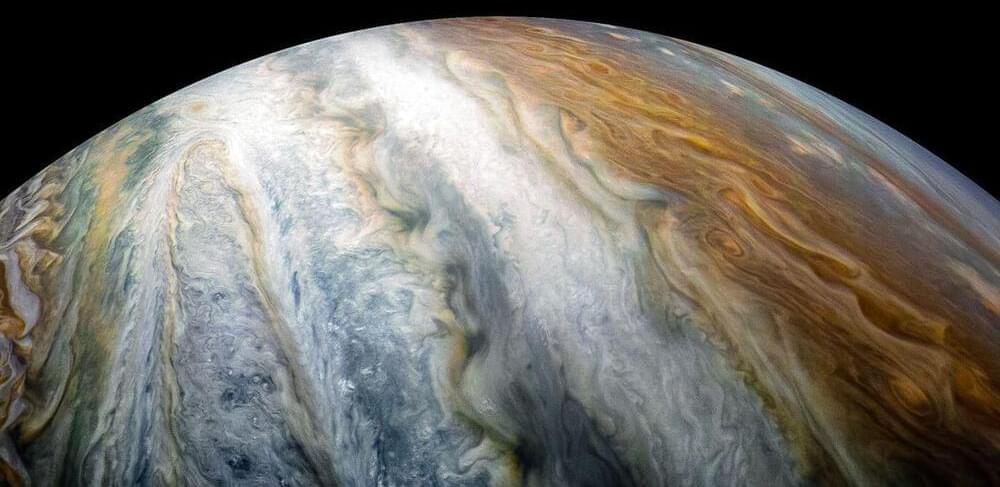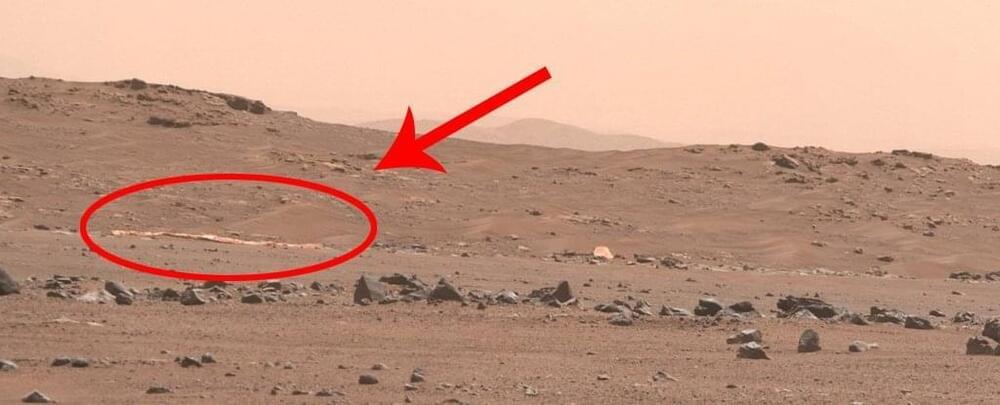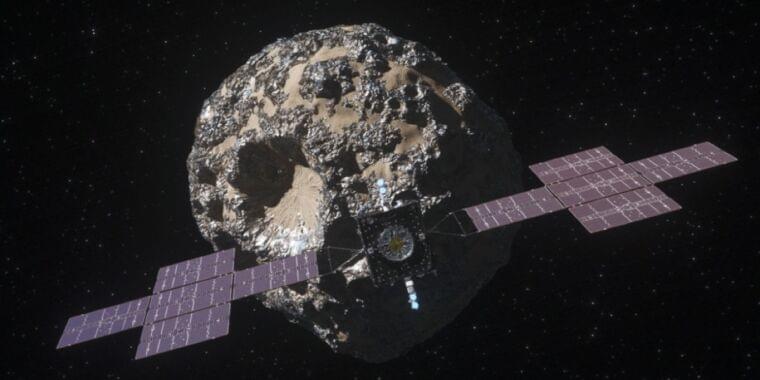
Ars Technica had the opportunity to tour NASA’s Jet Propulsion Laboratory in California this week, suiting up for a clean-room sneak peek at the Psyche spacecraft now nearing completion. This ambitious mission, named after the eponymous asteroid it will explore, is due to launch in August on a Falcon Heavy rocket. Scientists are hopeful that learning more about this unusual asteroid will advance our understanding of planet formation and the earliest days of our Solar System.
Discovered in March 1,852 by the Italian astronomer Annibale de Gasparis, 16 Psyche is an M-type asteroid (meaning it has high metallic content) orbiting the Sun in the main asteroid belt, with an unusual potato-like shape. The longstanding preferred hypothesis is that Psyche is the exposed metallic core of a protoplanet (planetesimal) from the earliest days of our Solar System, with the crust and mantle stripped away by a collision (or multiple collisions) with other objects. In recent years, scientists concluded that the mass and density estimates aren’t consistent with an entirely metallic remnant core. Rather, it’s more likely a complex mix of metals and silicates.
Alternatively, the asteroid might once have been a parent body for a particular class of stony-iron meteorites, one that broke up and re-accreted into a mix of metal and silicate. Or perhaps it’s an object like 1 Ceres, a dwarf planet in the asteroid belt between the orbits of Mars and Jupiter—except 16 Psyche may have experienced a period of iron volcanism while cooling, leaving highly enriched metals in those volcanic centers.
